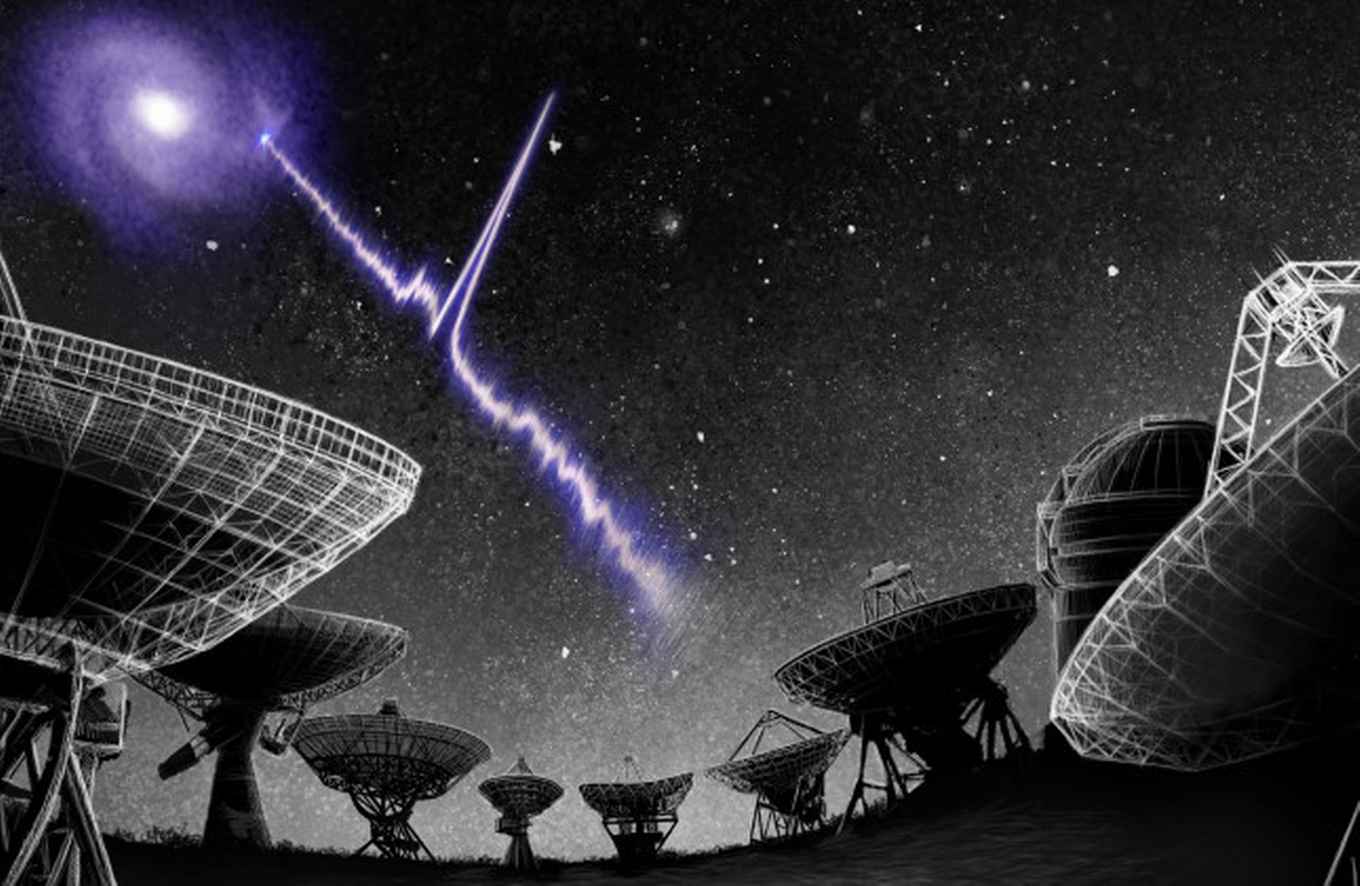Nearest fast radio burst source is regularly active
19 June 2020

The researchers studied the fast radio burst source FRB 180916.J0158+65. In early 2020, this repeating FRB was also in the news because the same group of researchers had discovered that it is much closer than other FRBs. Now the researchers monitored the FRB for a longer period of time. They studied the data from the FRB between September 16, 2018 and February 4, 2020.
On average, the astronomers saw a burst every 16.35 days. Half of the 38 eruptions lasted about 13 hours, but other eruptions sometimes continued for 5 days.
Interaction with another star
What creates the bursts is still unclear. Kenzie Nimmo, PhD candidate at the University of Amsterdam, participated in the research and suspects that this FRB is part of a binary star system: 'The interaction with another star could then explain the repetition and the erratic eruptions.'
Jason Hessels, a researcher at the Netherlands Institute for Radio Astronomy (ASTRON) and at the University of Amsterdam, is now going to study other repetitive FRBs: 'We want to see if they sometimes burst more violently and sometimes less violently. By doing so, we hope to get a better grasp of the phenomenon.'
Researchers at JIVE (Joint Institute for VLBI ERIC) were also involved in the study and played a leading role in the accurate localisation of the FRB